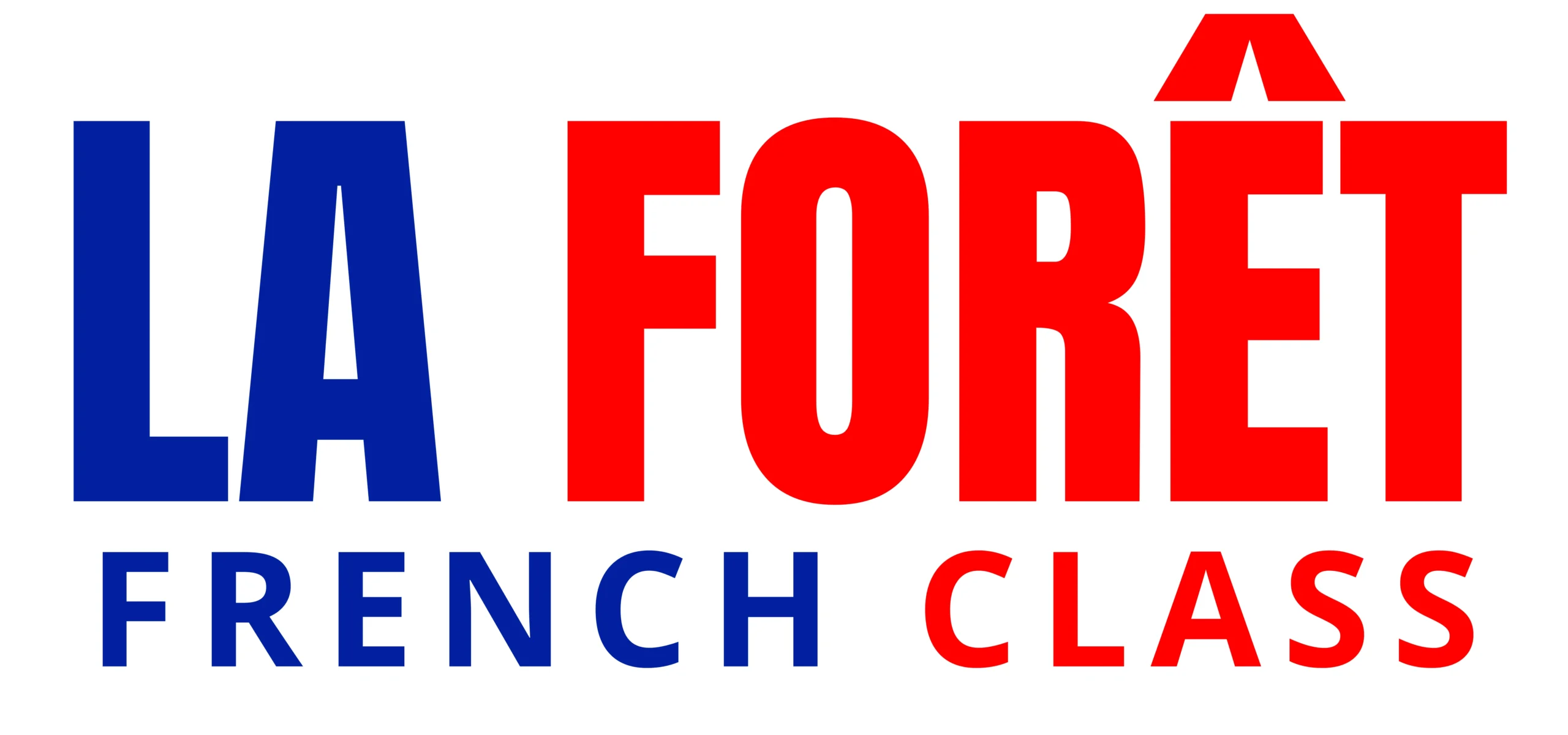Learning French? Mastering the future tense can feel daunting. But fear not! Le futur proche, also known as the near future tense, is a simple and effective way to talk about upcoming events in everyday conversation.
Understanding Le Futur Proche (The Near Future)
Le futur proche translates literally to “the near future.” This tense lets you express actions happening soon, much needed for French communication. Also known as “le futur immediat”. Don’t be confused by the occasional misspelling; “le futur porche” is incorrect. The only correct spelling is “le futur proche”.
Comparison with Simple Future Tense (Futur Simple)
French has another future tense, the “futur simple.” However, le futur proche is often preferred, especially in spoken French. Why? It’s simply easier to use!
How to Use Le Futur Proche
Le futur proche uses a straightforward structure: the verb “aller” (to go) conjugated in the present tense, followed by the infinitive of another verb.
Here’s how it works:
- Conjugate “aller” in the present tense
- Add the infinitive of another verb: parler (to speak), manger (to eat), etc.
For example:
- Je vais parler à mon ami. (I’m going to speak to my friend.)
- Nous allons manger au restaurant. (We’re going to eat at the restaurant.)
Conjugating “Aller”
“Aller” is an irregular verb, so memorizing its present tense conjugations is essential for forming le futur proche.
- Je vais
- Tu vas
- Il/elle/on va
- Nous allons
- Vous allez
- Ils/elles vont
Grammar Rules Got You Down?
La Forêt’s tutors simplify grammar so you can speak confidently and accurately.
Using Le Futur Proche in the Negative Form
Want to say you’re not doing something soon? Le futur proche works in the negative too! Simply place “ne” before the conjugated form of “aller” and “pas” after the infinitive.
- Je ne vais pas parler français. (I’m not going to speak French.)
- Elles ne vont pas manger maintenant. (They’re not going to eat now.)
When to Use Le Futur Proche
Le futur proche shines in two main situations: talking about immediate future actions and making plans.
Immediate Future (Within Minutes, Hours, or Days)
Use le futur proche to describe things happening soon, like:
- Je vais prendre un café. (I’m going to grab a coffee.)
- Le train va partir dans cinq minutes. (The train is leaving in five minutes.)
Making Plans
Le futur proche is also perfect for discussing future plans, even if the exact timing is unclear.
- Nous allons visiter Paris en été. (We’re going to visit Paris in the summer.)
- J’espère qu’ils vont venir à la fête. (I hope they’re going to come to the party.)
Conclusion
Le futur proche is a powerful tool for navigating the spoken French. With its simple structure and versatility, this tense will boost your confidence in everyday conversations. So, practice using le futur proche and watch your French fluency blossom!
To learn more about Tenses in French check our articles on – L’imparfait: The Imperfect Tense in French, A Guide to Passé Composé, and Le Subjonctif in French Grammar.
Frequently Asked Questions
Q: What are the 2 parts you need to have for le futur proche?
- The conjugated verb “aller” (to go) in the present tense.
- The infinitive of another verb.
Q: What is the futur proche in French Class 8?
Le futur proche is the near future tense used to talk about upcoming events. It’s simpler ,and more common in spoken French than the “futur simple.”
Q: What is the difference between futur proche and passé recent?
Le futur proche talks about future actions, while the “passé recent” describes actions that just happened.
Q: When to use subjunctive French?
The subjunctive mood is used to express doubt, possibility, or opinion in French. It’s a more advanced topic for which you may want to consult experts at La Foret.





